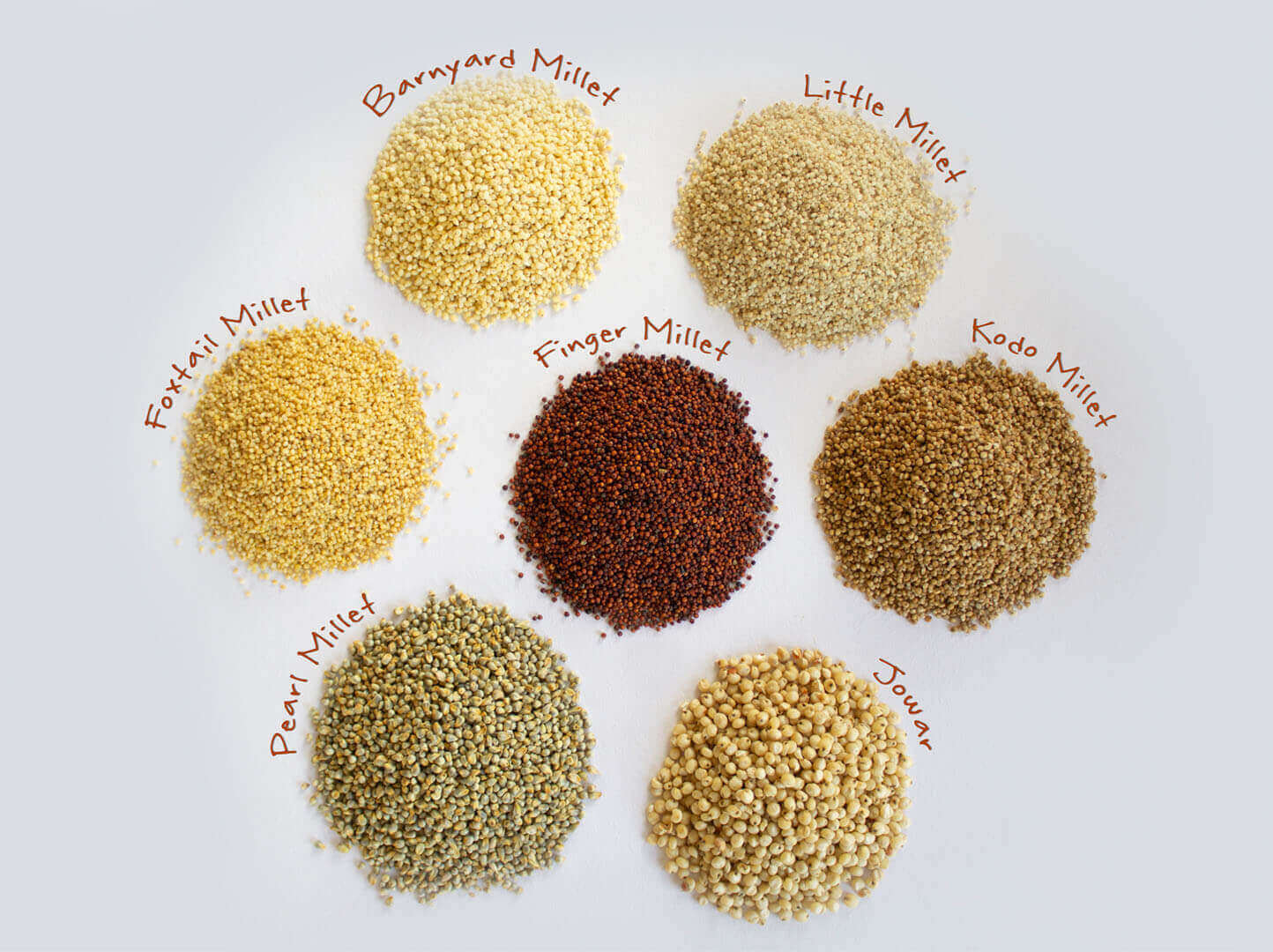India is embracing a remarkable agricultural milestone by celebrating the International Year of Millets, bringing attention to the nutritional and environmental benefits of these ancient grains. As part of the global initiative, the country is actively promoting the consumption and cultivation of millets to combat malnutrition, promote sustainable agriculture, and elevate its position as a key player in the global fight against food insecurity.
It was after India’s call that the United Nations declared 2023 as the International Year of Millets to raise awareness about the potential of millets or Shree Anna. This has helped bring light to the crop that was once forgotten. Its health and nutritional benefits are not only being hailed worldwide but also being seen as a grain that can play a significant role in ensuring food security.
Millets are a group of small-seeded grains that have been an integral part of traditional Indian diets for centuries. They are rich in essential nutrients, including iron, calcium, magnesium, phosphorus, and fiber, making them a powerhouse of nutrition and an excellent option for addressing malnutrition.
India, with its diverse cultural heritage and vast agricultural landscape, is a significant contributor to this international campaign. The country has been at the forefront of advocating the use of millets to improve public health and ensure food security for its growing population.
Speaking at the inauguration of the year-long celebration, Prime Minister Narendra Modi emphasized the importance of millets in India’s food security strategy. He stated, “Millets are not just grains; they are our heritage, rich in nutrition and well-suited to our climate. Through the International Year of Millets, we aim to create greater awareness about their immense potential in improving the health of our citizens and conserving our environment.”
India has already taken several steps to promote millets nationwide. The government is supporting farmers by providing incentives for millet cultivation, including easy access to credit, subsidies on seeds and equipment, and advanced agricultural techniques. Additionally, initiatives have been launched to include millets in the Public Distribution System (PDS) and Mid-Day Meal Schemes in schools, ensuring that nutritious food reaches the most vulnerable sections of society.
To raise awareness among consumers, the government, in collaboration with non-governmental organizations (NGOs), has launched campaigns and workshops on the nutritional benefits of millets. These campaigns also aim to dispel myths surrounding millets, such as considering them as food only for the underprivileged or the elderly.
The International Year of Millets is also fostering research and innovation in the food industry. Several food companies are now introducing millet-based products, such as ready-to-eat snacks, breakfast cereals, and baked goods, to cater to the changing preferences of health-conscious consumers. These innovations have the potential to boost the agricultural economy and create new employment opportunities in rural areas.
Furthermore, India is leveraging its diplomatic relations to share knowledge and best practices related to millet cultivation with other countries facing similar challenges. By collaborating on research and technology exchange, India is helping to build a more sustainable and secure global food system.
The celebrations of the International Year of Millets are not limited to India’s borders. Events, workshops, and seminars are being organized on the international stage to showcase India’s efforts in promoting millets and to encourage other nations to adopt similar strategies.
The success of India’s efforts in promoting millets has not only brought attention to the nutritional benefits of these grains but has also reinforced the country’s commitment to achieving the Sustainable Development Goals set by the United Nations. By emphasizing the goodness of millets, India is taking significant strides towards a healthier, more sustainable future for its citizens and the world at large.
As the year-long celebration continues, India hopes that the International Year of Millets will leave a lasting impact, inspiring a global movement towards more diverse, nutritious, and sustainable food choices. By recognizing the importance of these humble grains, the world can take a collective step towards a brighter, healthier future for generations to come.














